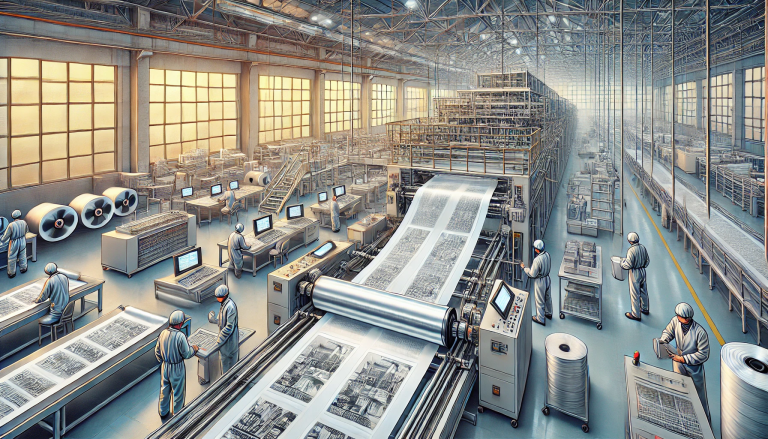“Direct-to-Film (DTF) Printing: A Deep Dive into its Functionality and Impact” -MAXDTF- DTF Film 8.5 Supplier, A3 DTF Factory, Made in China
Introduction
As technology continues to evolve, it leaves no stone unturned, and the printing industry is no exception. The introduction of Direct-to-Film (DTF) printing has revolutionized the realm of fabric printing and garment decoration. Unlike traditional printing methods, DTF printing produces high-quality, full-color prints on a wide range of fabrics, bypassing the color limitation and complexities of screen printing. This article delves into the details of DTF printing, exploring how it works, its unique benefits, and its potential impact on the future of the printing industry.
Part 1: Demystifying DTF Printing
Direct-to-Film (DTF) printing is an innovative technology that blends the advantages of Direct-to-Garment (DTG) and heat transfer printing. Instead of using different screens for each color like in traditional screen printing, DTF employs a special film to print the design all at once. This technique avoids the arduous process of color separation, making it a faster and more efficient alternative.
DTF printing primarily involves a design being printed onto a special film, followed by the application of adhesive powder. This powder adheres to the ink, and then it’s cured under high heat. The end product is a transfer ready to be applied onto various types of fabric, including but not limited to cotton, polyester, nylon, and leather.
Part 2: Step-by-Step DTF Printing Process
Understanding the DTF printing process involves breaking it down into the following detailed steps:
- Design Creation: This step involves designing or selecting a suitable graphic. The design is then refined using graphic design software like Adobe Photoshop or Illustrator.
- Printing: The refined design is printed onto a PET film via a modified inkjet printer that uses CMYK (Cyan, Magenta, Yellow, and Key-Black) and white ink. The printer dispenses small droplets of ink onto the film, resulting in a high-resolution image with sharp detail.
- Application of Adhesive Powder: Once the design is printed, a layer of adhesive powder is spread onto the film. This powder adheres only to the wet ink areas, playing a crucial role in the transfer of the design to the fabric.
- Curing: Post-powder application, the film travels through an oven or heat tunnel. This step involves curing, a process where the powder bonds with the ink and dries, preparing the print for transfer.
- Heat Press Transfer: The prepared film is laid on the garment, and a heat press is used to transfer the design. The heat activates the adhesive powder, which firmly attaches the ink to the fabric. The result is a high-quality, vibrant, and durable print on the fabric.
Part 3: Unique Advantages of DTF Printing
DTF printing has several standout advantages that set it apart from traditional methods:
- Versatility: DTF printing is compatible with a wide variety of fabric materials, including cotton, polyester, nylon, and mixed blends.
- Design Freedom: DTF printing can reproduce complex, multi-colored designs in one go, unlike screen printing, which necessitates different screens for each color.
- Cost-Effective for Small Runs: DTF printing eliminates the need for screens or color separations, making it an economical choice for small-batch production.
- High-Quality Prints: The CMYK plus white ink system ensures vibrant, high-resolution prints with sharp details and excellent color saturation.




